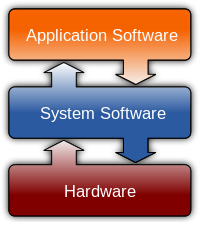Are pages loaded into RAM cyclically, or on a lowest-index basis?
For example, if the page table of process 0 looks like this: [99, 2, 4, 99], this means that page 0 and 3 are in disk while 1 and 2 are in RAM.
his may happen if pages 0,1,2 were loaded into RAM, then page 0 was swapped out for another process's page. In this case, if the process is requested again, would you reload page 0 or would you load page 3? What would the next page after that be?
Also, once the RAM is full (all 8 frames occupied by process pages) it will always stay full, as we have no way to evict a page without replacing it. Any new process request would replace a page based on LRU.
Say that the RAM frames look like this [2,2,1,0,0,0,3,0], so process 0 has all 4 pages in RAM, process 2 has 2 pages in RAM, process 1 and 3 have 1 page in RAM.
With the LRU policy, won't this mean that process 0 will always occupy 4 pages in RAM? Since all processes have at least 1 page in RAM, then we always use a local LRU policy, and hence the number of frames a process occupies stays constant. Is this how its supposed to work?


